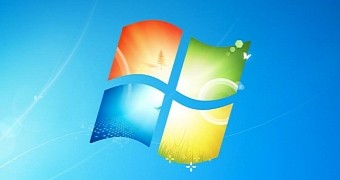Windows 10 is already the number one desktop operating system, having reached 900 million active devices only recently, but on the other hand, Windows 7 remains a major pain in the neck for Microsoft.
Not only that Windows 7 is the second most-used PC OS, but it is also close to getting the ax, pushing Microsoft back to the painful struggle of convincing users to upgrade to newer Windows.
With Windows 7 set to reach the end of support, users have only 99 days to install Windows 8.1 or Windows 10, or obviously, to move to a different platform like Linux or macOS.
Microsoft’s recommended option is Windows 10, especially given all the effort that the company puts into getting this version right.
The clock is ticking on Windows 7
However, moving users from Windows 7 to Windows 10 might be much harder than it was to upgrade Windows XP devices to supported Windows back in early 2014. And it’s all because what the transition from Windows 7 to Windows 8.1 or Windows 10 means in the first place.
Windows 7 is often described as the last operating system offering the traditional Windows experience without a store and all the other modern touches. Windows 8 was the first version to come with a built-in app store and the Metro UI, and while Windows 10 substantially refines the experience with all of these, it’s still considered to be a modern platform by all means.
Users who just want the classic Windows feel are ready to stick with Windows 7 even after the end of support is reached, which according to Microsoft and security experts alike, means their systems could remain vulnerable to attacks due to the flaws in the OS that remain unpatched.
On the other hand, securing a Windows 7 after the EOL shouldn’t be a difficult task, especially for power users who can set up special policies to prevent a system from being exposed to attacks. Enterprises whose fleets will still be on Windows 7 can also take systems offline, making it harder for hackers to compromise these devices.

 14 DAY TRIAL //
14 DAY TRIAL //